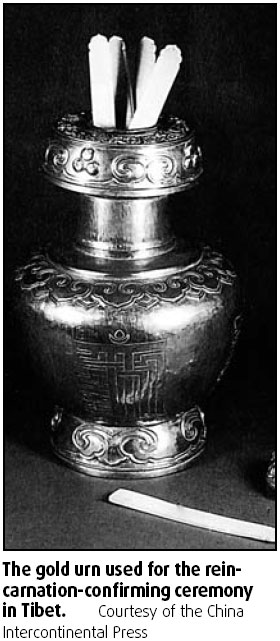History of Tibetan Living Buddha reincarnation
The reincarnation of the Living Buddha is a succession system, which distinguishes Tibetan Buddhism from other religions or other forms of Buddhism. Based on ancient Tibetan beliefs in the nature of the soul and the unique incarnation theory of Buddhism, it was established to solve the problem of leadership succession in various Tibetan Buddhist sects and monasteries.
The term "Living Buddha" emerged in the Yuan Dynasty (1271-1368). It was called sprul-sku in Tibetan, which was the abbreviation of sprul-pavi-sku, meaning "magical change" or "incarnation". In the 13th century, Tibet became an administrative district under the central government of the Yuan Dynasty. Emperor Kublai Khan (1215-94) honored Phags-pa, head of the Sa-skya-pa Sect, by granting him the title "Buddha of the Western Paradise". Thereafter, eminent Tibetan monks were referred to as Living Buddhas.

In the mid-13th century, Yuan Emperor Monge Khan (1209-59) honored Karma-pag-shi, leader of the bKav-brgyud-pa Sect in Tibet, as "State Tutor" and bestowed upon him a gold-rimmed black hat and a gold seal of authority, which helped the bKav-brgyud-pa Sect become a powerful religious sect with great influence. In 1283, Karma-pag-shi passed away. Monks of the bKav-brgyud-pa Sect were not allowed to take wives, nor have children. As a result, leaders of the bKav-brgyud-pa Sect could not pass over the religious power to their blood disciples. To prevent power succession from masters to apprentices, which could lead to the malpractice of each sect establishing its own school of thought and the decentralization of power, Karma-pag-shi decided, prior to his death, to adopt the principle of reincarnation in solving the problem of leadership transmission and continuation in his own sect.















